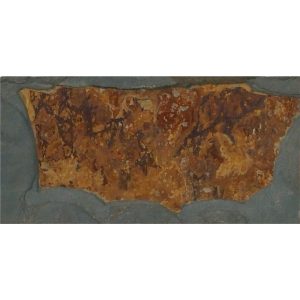Introduction
Cultured stone has been widely used in the construction industry as a versatile and cost-effective alternative to natural stone. Among the various types of cultured stone available, Craftsman cultured stone stands out for its exceptional quality, craftsmanship, and timeless beauty. In this comprehensive guide, we will delve into the world of Craftsman cultured stone, exploring its history, manufacturing process, installation techniques, design possibilities, and maintenance tips.
History of Craftsman Cultured Stone
Craftsman cultured stone has a rich history dating back to the early 20th century when the demand for affordable building materials led to the development of innovative stone veneer products. Inspired by the beauty of natural stone, craftsmen began experimenting with various materials to create a durable and aesthetically pleasing alternative. Over the years, advancements in technology and design have transformed cultured stone into a highly sought-after building material that replicates the look and feel of natural stone with remarkable accuracy.
Manufacturing Process
Craftsman cultured stone is meticulously crafted using a combination of natural aggregates, pigments, and cementitious materials. The manufacturing process begins with the selection of high-quality raw materials, including crushed stone, sand, and cement. These ingredients are mixed together to create a slurry that is poured into molds designed to replicate the texture and shape of natural stone.
Once the slurry has set, the molded pieces are carefully removed from the molds and cured to enhance their strength and durability. Craftsman cultured stone is then hand-finished by skilled artisans who apply intricate details and textures to create a realistic stone-like appearance. The final product undergoes rigorous quality control checks to ensure consistency and precision in color, texture, and dimensions.
Installation Techniques
Installing Craftsman cultured stone requires careful planning, preparation, and attention to detail to achieve a flawless finish. The first step in the installation process is to prepare the surface by cleaning and priming it to ensure proper adhesion of the stone veneer. Next, a scratch coat of mortar is applied to the substrate to create a level and stable base for the cultured stone.
The cultured stone pieces are then individually laid out and positioned on the wall, taking care to maintain consistent spacing and alignment. Mortar is applied to the back of each stone piece before pressing it firmly onto the wall surface. Joints between the stones are filled with grout to create a seamless and cohesive look. Finally, the entire installation is allowed to cure and set before any finishing touches are applied.
Design Possibilities
Craftsman cultured stone offers endless design possibilities for both interior and exterior applications. From rustic and traditional to modern and contemporary styles, cultured stone can enhance the aesthetic appeal of any space. Whether used to create more.. surround, an eye-catching accent wall, or a charming outdoor patio, Craftsman cultured stone adds warmth, texture, and character to any architectural design.
One of the key advantages of using cultured stone is its versatility in terms of shape, size, color, and texture. Craftsman cultured stone products are available in a wide range of profiles, including ledge stone, fieldstone, river rock, and cobblestone, allowing for endless customization options. Additionally, the color palette of cultured stone can be customized to match any design scheme, making it easy to achieve a cohesive and harmonious look in any setting.

Maintenance Tips
Proper maintenance is essential to preserve the beauty and longevity of Craftsman cultured stone. To maintain the appearance of cultured stone, regular cleaning is recommended to remove dirt, dust, and grime that can accumulate over time. Using a mild detergent and water, gently scrub the stone surface with a soft-bristled brush to prevent staining and discoloration.
In addition to routine cleaning, it is important to inspect the cultured stone for any signs of damage or deterioration, such as cracks, chips, or loose pieces. Addressing these issues promptly can prevent further damage and ensure the structural integrity of the stone veneer. If repairs are needed, consult a professional mason or contractor with experience in working with cultured stone to ensure proper restoration and maintenance.
Conclusion
Craftsman cultured stone represents the perfect blend of artistry, craftsmanship, and innovation, offering a cost-effective and aesthetically pleasing alternative to natural stone. With its realistic appearance, durability, and versatility, cultured stone has become a popular choice for homeowners, builders, and designers looking to enhance the beauty and value of their spaces. By understanding the history, manufacturing process, installation techniques, design possibilities, and maintenance tips of Craftsman cultured stone, you can make informed decisions when incorporating this timeless building material into your next project.
